The design is divided into three distinct sections. The upper part consists of an inverted diamond-shaped openwork frame, centered with a baroque pearl surrounded by micropearls. This delicate assembly is flanked by pierced scrolls and small gold flowers that lend a sense of lightness and rhythm. The central body features a rectangular bar with geometric engravings made by hand. From it hang repoussé vegetal motifs and miniature dangling flowers, also adorned with tiny pearls. The bottom section displays a stunning cluster of golden leaves and hanging pearls reminiscent of Mediterranean fruits, likely grapes, a symbol of abundance, fertility and festivity.
Both earrings retain their original suspension hooks, though one was replaced at a later time in a manner consistent with the design and without altering the overall aesthetic. The handcrafted reverse shows traditional assembly techniques using rivets, visible solder joints and metallic wires, confirming the absence of industrial processes. The pearls, mostly well-preserved, show subtle variations in tone consistent with age and the use of early metal wires.
This style of jewelry was typical in 19th-century Valencia and nearby provinces such as Castellón and Alicante, worn by women for religious ceremonies, festive occasions and regional costumes. The use of baroque pearls, pierced leaf designs and cascading layouts aligns closely with so-called grape cluster or bouquet earrings, highly sought after by collectors of traditional Spanish jewelry.
These earrings not only embody high aesthetic and technical value, but also preserve a living memory of 19th-century regional traditions. They make a magnificent addition to any traditional jewelry collection, suitable for historical reenactment, exhibition or display in refined decorative settings where elegance and heritage are appreciated.
A true collector’s piece. Don’t miss the opportunity to add this exceptional jewel to your collection.
Dimensions: 7.2 × 3 cm (2.83 × 1.18 in)
History of Valencian Earrings
In 19th-century Spain, amid the rise of Romanticism and regionalist movements, traditional jewelry saw a flourishing revival, particularly in culturally rich regions like Valencia. Women in this period wore artisan-made jewelry not only for beauty but also as a marker of social standing and local identity. Grape cluster or bouquet earrings became iconic in the Levante area, distinguished by their tiered construction, leaf motifs and natural pearls evoking fruit-bearing vines, an ancient Mediterranean symbol.
Unlike cultured pearls of the 20th century, these natural pearls were found and selected individually for their unique shape. Goldsmithing was typically done in family-run workshops using age-old techniques. Artisans cut, assembled and soldered each component by hand, creating dynamic, articulated jewelry with visible joins and delicate craftsmanship. In Valencia, these skills were passed down within guilds and remained alive through continuous practice.
Such earrings were often given as dowries or worn during religious festivals and were carefully preserved as heirlooms. Today, they remain vital to the identity of traditional Spanish jewelry and are highly prized by collectors and decorative arts institutions.















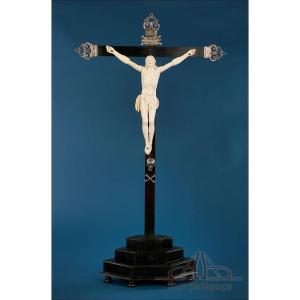

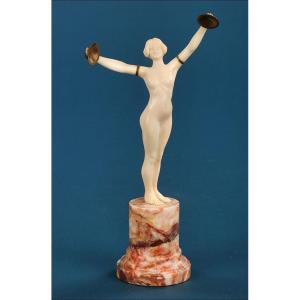



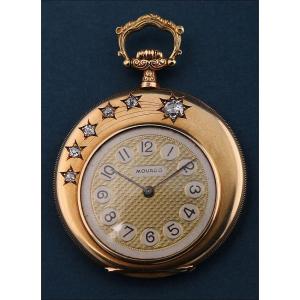


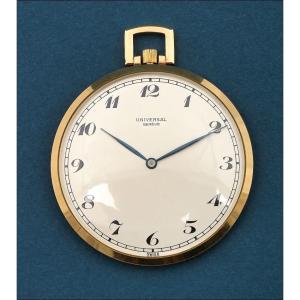

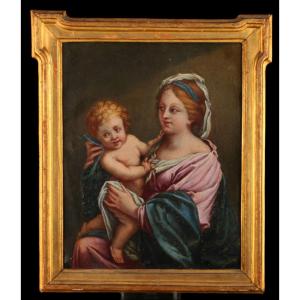


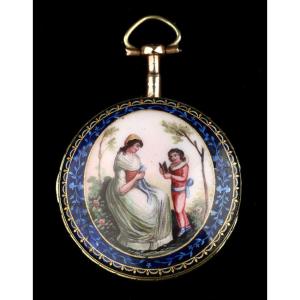




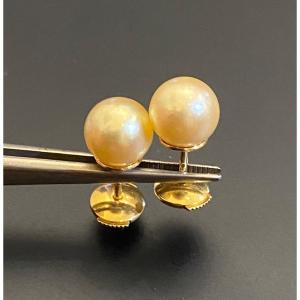



 Le Magazine de PROANTIC
Le Magazine de PROANTIC TRÉSORS Magazine
TRÉSORS Magazine Rivista Artiquariato
Rivista Artiquariato